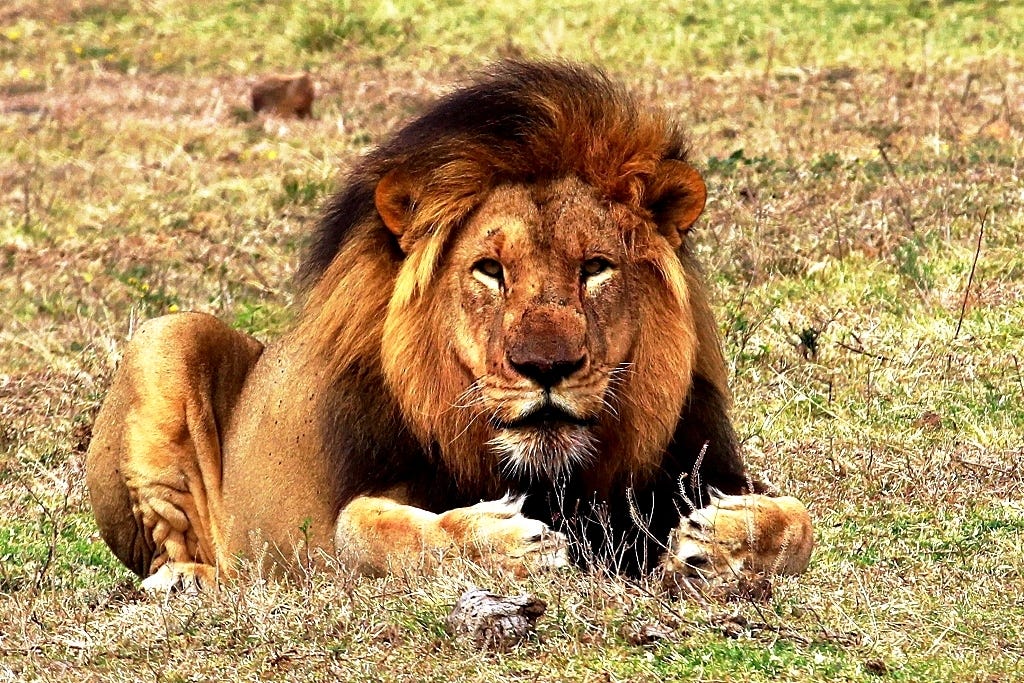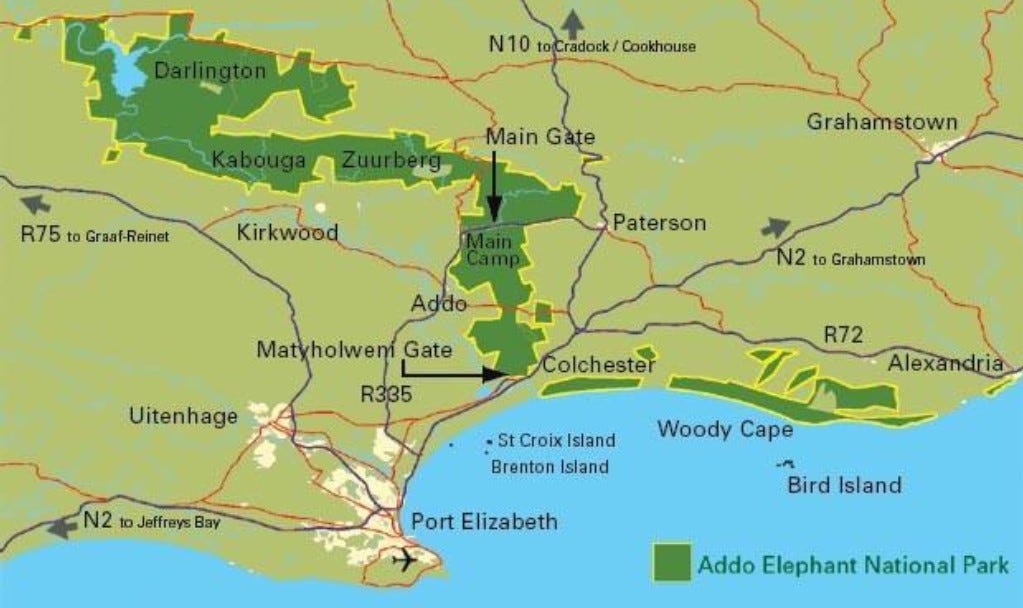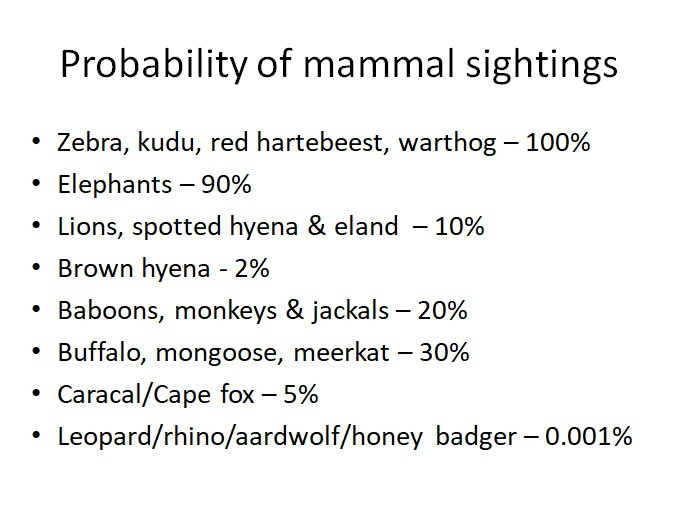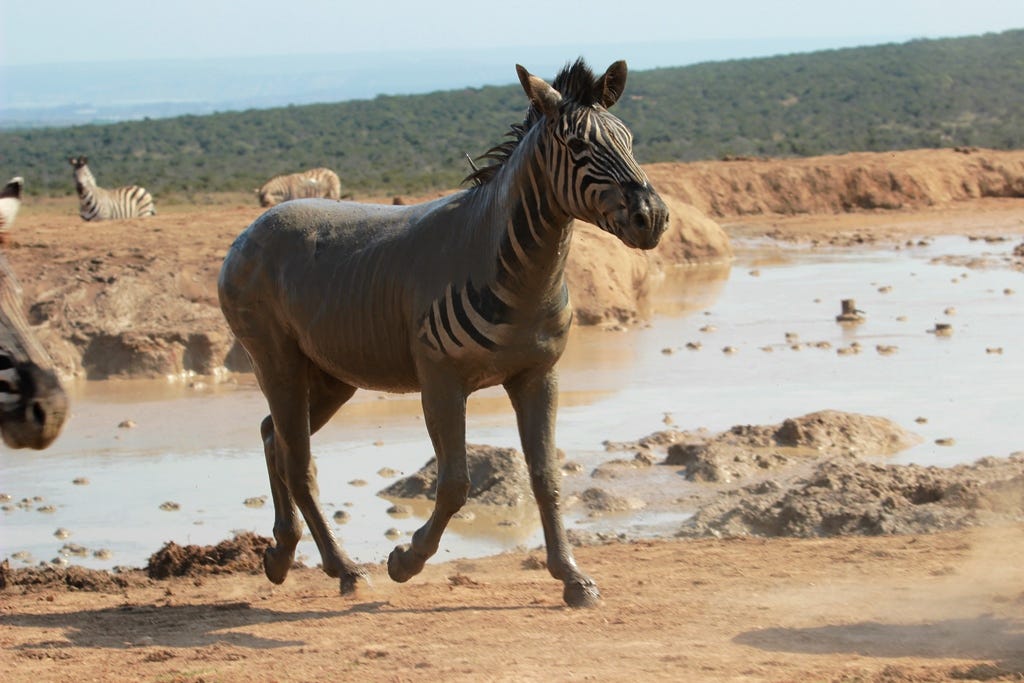
Occasionally, I toy with the idea of starting a new career as a tourist guide. What a wonderful way of earning a living? There are few things I enjoy more than spending a day driving around in a game reserve. So, if I could do so while guiding tourists around and earning money, that would surely be a big win, right? Added to that, I really enjoy telling interested people about the game that we might spot on our travels.
Well, maybe not. Taking new tourists to a game reserve can be much more nerve racking than you might imagine. The big problem is, of course – the high and frequently unrealistic expectations of first-time visitors.
Game reserves and lodges build expectations to attract more tourists. They often do so to feed their ravenous business models. On the other hand, some of us enjoy taking visitors on game drives simply to share our own enthusiasm for wildlife.
The Addo Elephant Park (AEP) – my personal favourite – is guilty of creating unlikely expectations. It states on its web site that it, “is not only home to the traditional Big Five, but the Big 7, which includes the Southern right whale and Great white shark in its marine environment”. This is exciting, and technically accurate, but is it realistic?

The marine environment where I believe you might see whales, sharks and dolphins is some distance from the rest of the park and not contiguous with the main section. I am unable to comment on the likelihood of seeing the two oceanic members of the big seven because I have never been to the marine section, but somehow I have my reservations about it.
The chances of seeing any of the Big Five in the main section of the AEP are mixed. I have never heard, or read about anybody seeing all of the big five animals on one trip – and I regularly read multiple Addo related WhatsApp groups every day. My wife and I almost always see elephants at the park, but once we drove around for the whole day and saw plenty of evidence of the great animals, but never once saw a real life elephant.
We see lions on about one in ten trips and buffalo in about half the visits. I have never seen a leopard in the Park and I have never met anyone who did. I once chatted with a tour guide who had worked at the park for ten years and had never seen a leopard, but assured me the secretive cats were there. He had seen photos of a leopard on camera trap.
The point of this discussion is that when I took a group of 25 Rhodes University students to the AEP I knew they would have high expectations of being up close with a whole host of animals, including lions and rhinos.
In order to moderate inflated hopes, I put this slide on the screen in the week before our trip.

In other words, I explained to the students that there was almost no chance of seeing rhinos while there was only a 10% chance of seeing lions – but I still felt under pressure to deliver the big five.
As we crossed from the north to the south of the AEP, a few messages appeared on Addo WhatsApp groups suggesting that there were lions sleeping in the grass somewhere between Arizona dam and Schotia Gate. This presented me with an awkward dilemma. Should I expect our convoy of two minibuses to take a 30-minute, or more, detour in the hope of finding ‘flat-cats’ – lions fast asleep in long grass or under a bush – or should we just push on?
I knew that the chances of us actually finding the lions were very small, and even if we did find them, they were most certainly sleeping off the previous night’s banquet. I decided to move on. This was not a popular decision.
In retrospect, I think it was the correct option. No one reported seeing the lions on the WhatsApp group that day. The incident also made me feel some sympathy for stressed safari guides. They often look anxious and drive around pushing speed limits and ignoring the well-being of dung beetles.

On that particular trip we saw a few herds of elephants and a single dagga boy (old male buffalo). So, two out of the Big Five was not too bad and within the parameters of the slide I had shown my students. We also saw plenty of zebras, warthogs, kudus and two black-backed jackals.
I enjoyed watching the animals and I enjoyed it even more when I noticed that some of my students were getting a real thrill from their adventure.
But, there were still those who thought that cartoon characters were more realistic. So curse the Disney Corporation as someone knowledgeably points out a ‘pumba’ and now demands to see a ‘Mufasa’.
I am still thinking about testing for a field guide’s licence, but would that take the joy out of watching animals in their natural environment? Would a safari become just a job, instead of an exciting experience in nature?








You'd make a fantastic guide! You'd no doubt have to deal with the rush-rush-go-go types who expect the Big 5 to all be conveniently waiting around 100m into the park with hair and make-up done, ready for their photoshoot. It's a skill to guide the expectant public around a game park and educate them about all things flora and fauna, but it's perhaps even more of a skill to temper their expectations and acquaint them with the simple pleasure of meandering through nature, breathing in the pure air of a slower life.
Hi Steve, Interesting commentary - I think you should become an on-call Field Guide, so you would have the licence to use when necessary but not under pressure to do it full time. You would still enjoy
the wild life and the tourists pleasure when animals do appear for them to enjoy but because of your
graph their expectations would hopefully have realistic parameters.